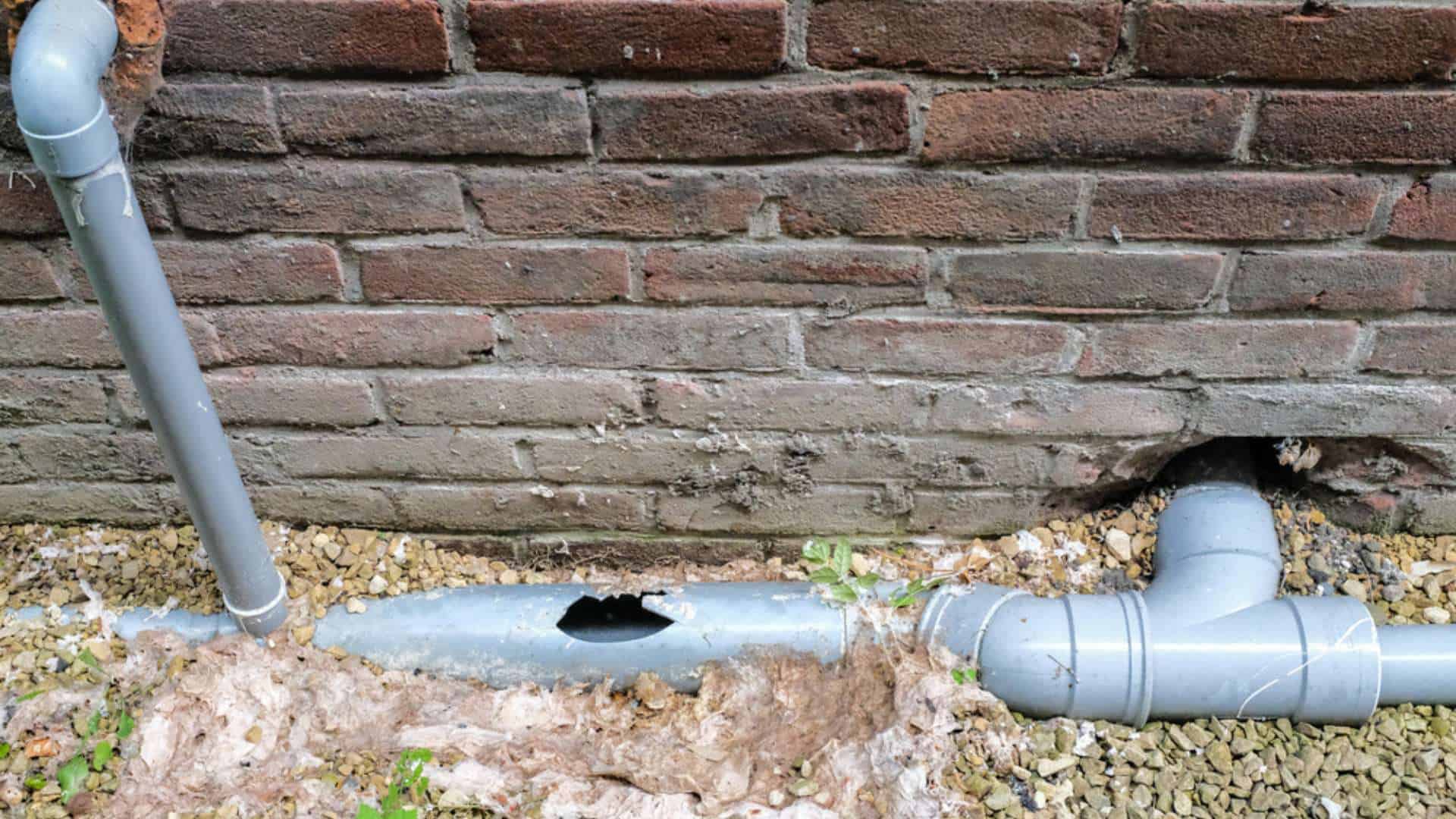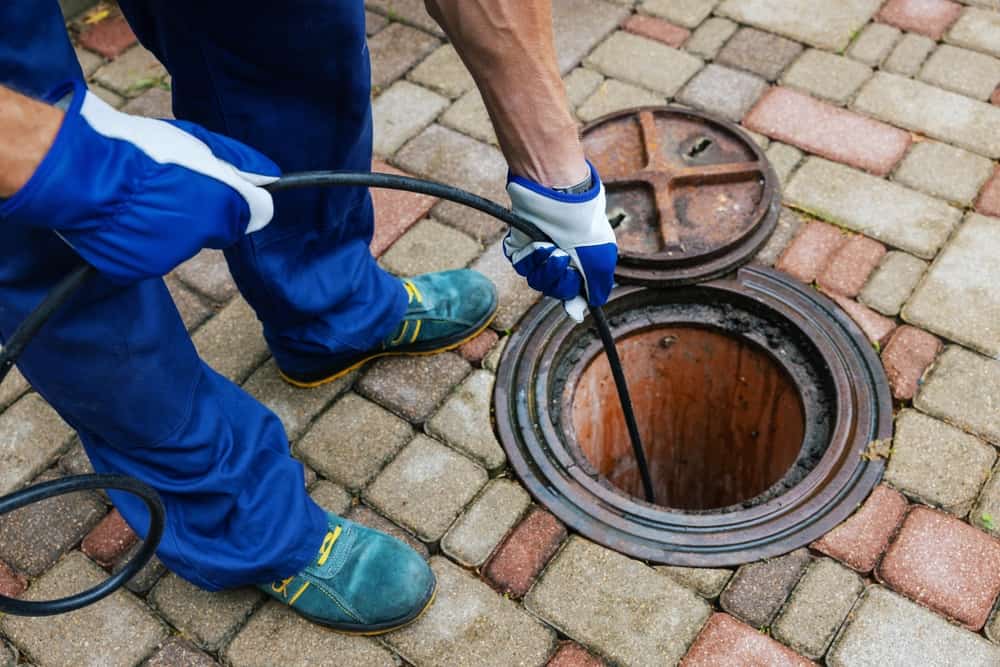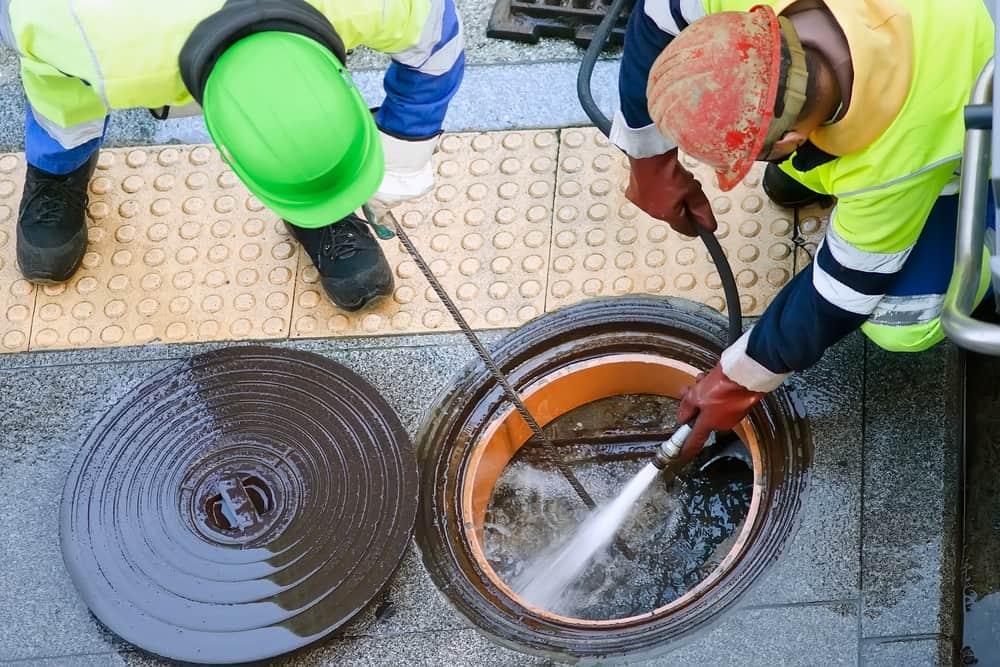
Revitalize Your Sewer Systems with Expert Sewer Cleaning

You depend on your plumbing system constantly to flush toilets, wash dishes, and take showers. Regular maintenance, such as drain cleaning, is imperative to keeping it running smoothly. In order to prevent slow drainage, clogs, and backups, it is essential to regularly clean out your drains to remove soap scum, wads of toilet paper, food particles, hair, and other types of debris.
After searching online for “drainage cleaning near me”, you’ve found a few different companies that have piqued your interest. To narrow down the options, scheduling consultations and asking some key questions is a must. Here’s a look at some important questions you should ask before you hire a Levittown, NY sewer cleaning professional.
Opt for Long Island Sewer and Water Main and benefit from a skilled team of technicians committed to delivering exceptional sewer cleaning results.
Join us in promoting a cleaner environment with our sewer cleaning services that prioritize eco-friendly practices.
Experience transparency and satisfaction with Long Island Sewer and Water Main. Our commitment to providing clear and honest sewer cleaning services

Licensing is required for drainage cleaning companies in Nassau County. It’s important to ensure that the sewer cleaning technician in Levittown, NY you’re considering hiring is licensed since it certifies that he or she has received the training necessary to safely and effectively work on the system. Be certain that the license is valid by asking for proof. All sewer cleaning companies do not need to be licensed just because it’s required. The information you need can be obtained from any reputable professional.
Are you insured and are your policies valid?
It’s also important to ask whether the drainage cleaning companies near you that you’re considering hiring are insured. A sewer cleaning contractor in Levittown, NY must have general liability insurance, as well as workers’ compensation if he or she has workers on staff. Workers’ compensation protects your Nassau County property from damage and prevents you from having to cover the cost of work-related injuries a technician suffers while working on it. Ensure the insurance policies are valid and request proof of coverage. Check off the sewer cleaning companies on your list if they won’t provide this information. Choosing someone without insurance could leave you on the hook for errors and unexpected expenses.
Certainly a brand-new company offering drainage cleaning near you can offer reliable results, however given the delicate and complex nature of this work, it’s best left to an experienced professional. For best results, choose a well-established sewer cleaning contractor in Levittown, NY who has been serving the community for several years. With more experience under their belts, they can bring that expertise to your drain cleaning project, as they will have been in business longer.

Check out the services that are included. Levittown, NY sewer cleaning professionals don’t just clean drains. Furthermore, they will conduct a complete inspection and provide you with a detailed report detailing all the work they did, any issues they found, and any repairs they recommend. You can also count on a company that offers drainage cleaning near you to offer emergency services in addition to maintenance cleaning.
There is no standard price for this service; it varies by company and depends on a variety of factors, including the size of the system and the services you require. The bottom line is that Levittown, NY sewer cleaning professionals charge fair and affordable prices. Prior to getting started, they’ll give you a detailed written price estimate that includes labor and materials. During services, unforeseen events may result in a higher final price than the original quote; however, the company will inform you before they proceed with any work that involves additional costs.
Who will be completing the work?
The majority of drainage cleaning companies near you have multiple employees. Before the project begins, it is a good idea to find out who will be performing your service. Doing so will help you feel more comfortable with the technician who will be entering and working on your Nassau County property.
For the Best Drainage Cleaning Near You, Contact Long Island Sewer and Water Main
When you’re interviewing companies that offer drainage cleaning near you, be sure to include the most trusted Levittown, NY sewer cleaning professional: Long Island Sewer and Water Main. For an appointment with one of our licensed and certified professionals, call 800-479-5325 or visit https://www.longislandsewerandwatermain.com/ today! Let us know what you need, and we’ll do everything we can to meet and exceed it.
Levittown is a hamlet and census-designated place (CDP) in the Town of Hempstead in Nassau County, on Long Island, in New York, United States. It is located halfway between the villages of Hempstead and Farmingdale. As of the 2010 census, the CDP had a total population of 51,881, making it the most populated CDP in Nassau County and the second most populated CDP on Long Island, behind only Brentwood.
Here are some plumber-related links and associations.
Copyright © 2024 Long Island Sewer and Water Main. All Rights Reserved. SEO Company NYC Sitemap | Privacy Policy